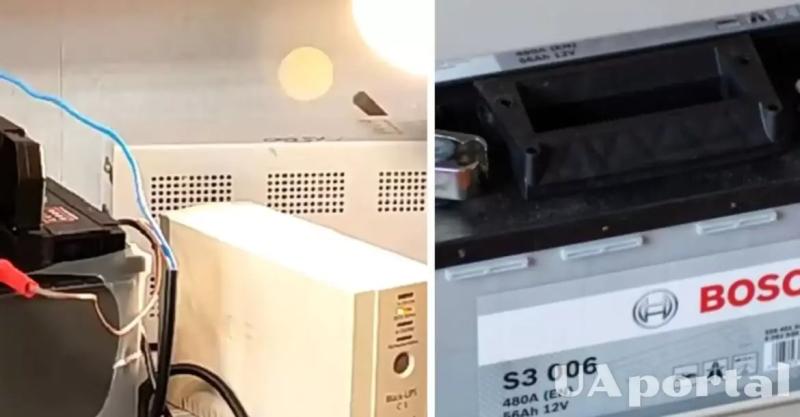
How to make a charging station with your own hands and whether it will really save money
1
Given the frequent power outages, many are thinking about creating a home charging station. This will ensure the power supply of the necessary equipment during a blackout.
Calculation of the required power
Before buying components, you need to determine exactly which equipment you plan to power from the station and for what time. To do this:
- Make a list of devices: TV, laptop, smartphone, router, etc.
- Determine the power consumption of each device:< /b> This information can be found in the instructions for the device.
- Calculate the total power: Add up the power of all devices.
- Calculate the required battery capacity: Keep in mind that the inverter (a device that converts battery DC to AC for household appliances) has some losses. Therefore, the battery capacity should be increased by approximately 20%.
Calculation example:
Suppose you want to power a TV (60 W), two LED lamps (18 W each) and a router (10 W) for 4 hours. The total power is 106 W. In 4 hours of consumption will be 424 Wh. Taking into account the losses on the inverter, the required battery capacity will be about 530 Wh, which corresponds to approximately 79 A*h.
Components for the charging station:
- Battery: The optimal option would be a traction battery with a capacity of about 90 A*h.
- Inverter: Choose an inverter with pure sine wave power that exceeds the total power of your devices.
- Charger: Required to charge the battery.
- Terminals: For connecting the battery to the inverter.
Important nuances:
- Safety:Care must be taken when working with batteries. Follow the safety rules, avoid short circuit and overheating.
- Efficiency: The choice of battery and inverter affects the efficiency and duration of the station.
- Cost: Self-assembly can be cheaper than buying a ready-made station, but requires certain knowledge and time.
Advantages and disadvantages of self-assembly:
< ul>
- The ability to choose components for your needs.
- Cost savings.
< li> Disadvantages:
- Requires certain knowledge and skills.
- Possible difficulties with the selection and configuration of components.
- Risk of errors that can lead to equipment damage or even fires.
Alternative:< /b>
If you are not confident in your abilities or do not want to spend time on assembly, you can purchase a ready-made portable charging station. They are compact, safe and have different capacities.
Creating a home charging station is an interesting project that will allow you to provide yourself with energy during power outages. However, before starting work, carefully weigh all the pros and cons. If you are not sure of your knowledge, it is better to seek help from a specialist.









Leave a Reply